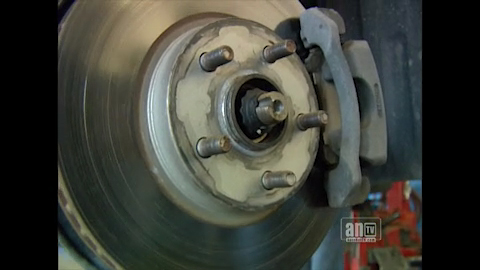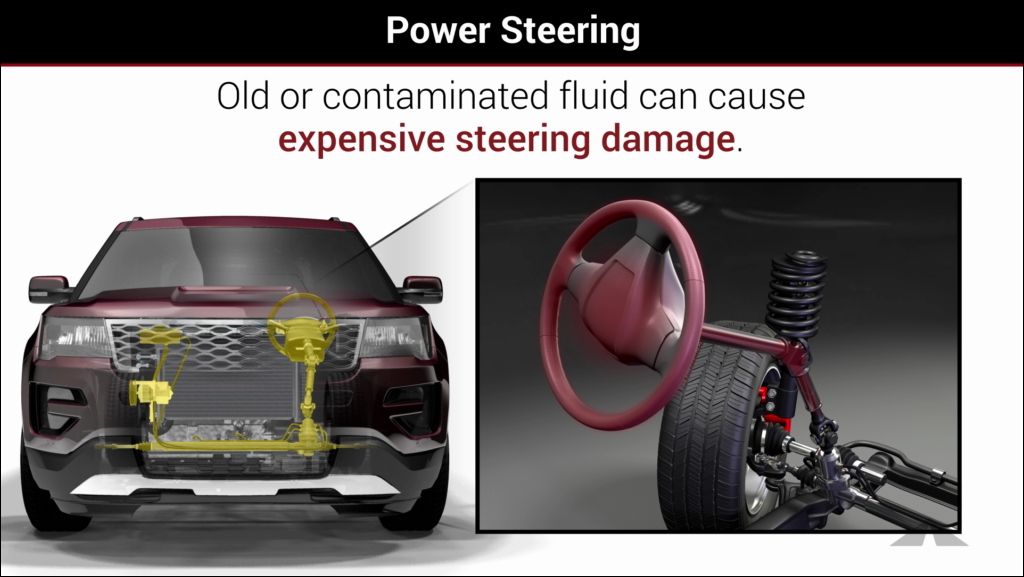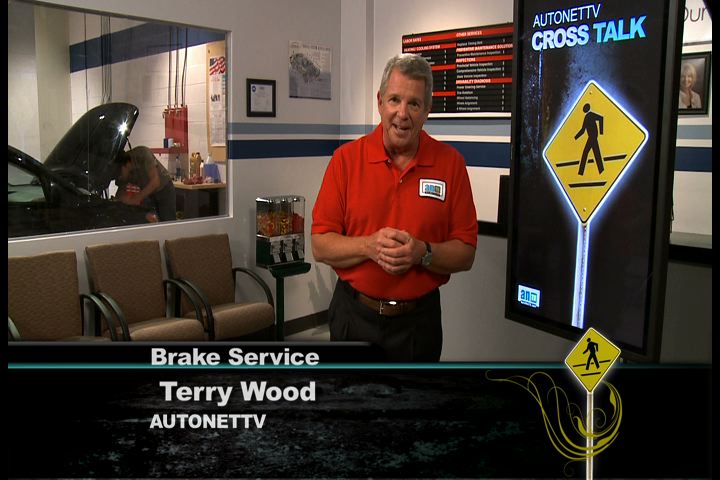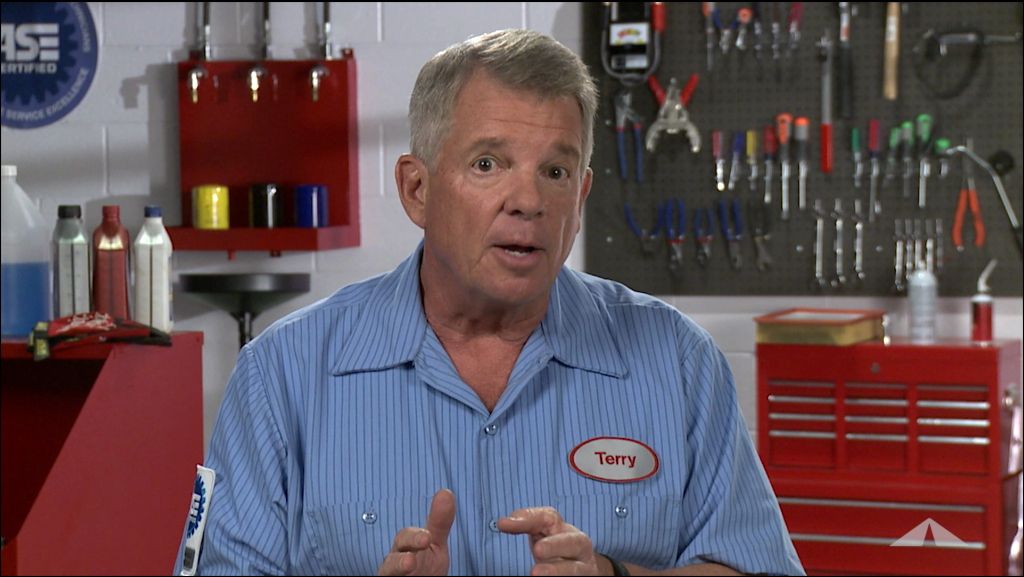When you step on your brake pedal, you want to feel confident that your vehicle’s going to stop. If your brakes aren’t working right, it’s a risk to your safety and the safety of others on the road. After all, you’re driving a machine that weighs thousands of pounds, and you have to be able to stop that big machine quickly and with control, especially with some of the speeds you travel on the highways.
The heart of your vehicle’s brake system is the master cylinder. When you apply the brakes, the master cylinder has pistons, springs, and brake fluid. That fluid amplifies and distributes the force of your foot through brake lines to calipers at all your wheels. Those calipers squeeze down on rotors or discs, which is what slows down and stops your vehicle.
For safety, a master cylinder has two cylinders, one for two wheels, and the other for the remaining two wheels. That way, if there is a failure in one, you’ll still have braking power at half your wheels.
The master cylinder doesn’t last forever, of course, and here are some signs it may have problems. When you press on the brake pedal, it feels soft and spongy. You may see the brake light on your instrument panel go on. You may notice brake fluid leaking, or it may be discolored.
All of those are signs of brakes that need attention, and among the possible culprits is a master cylinder that has failed. When you bring it in for a technician to look at, they’ll check not only the master cylinder but also the rest of the components, such as pads, discs, shoes, brake lines, and hoses. If your master cylinder needs replacing, we’ll make sure all the other parts meet the manufacturer’s specs as well.
Brakes are important. Really important. Full stop.
Tylers Auto TV
12485 SW MAIN ST
TIGARD, OR 97223
(503) 639-5588
http://www.tylersautomotive.com




